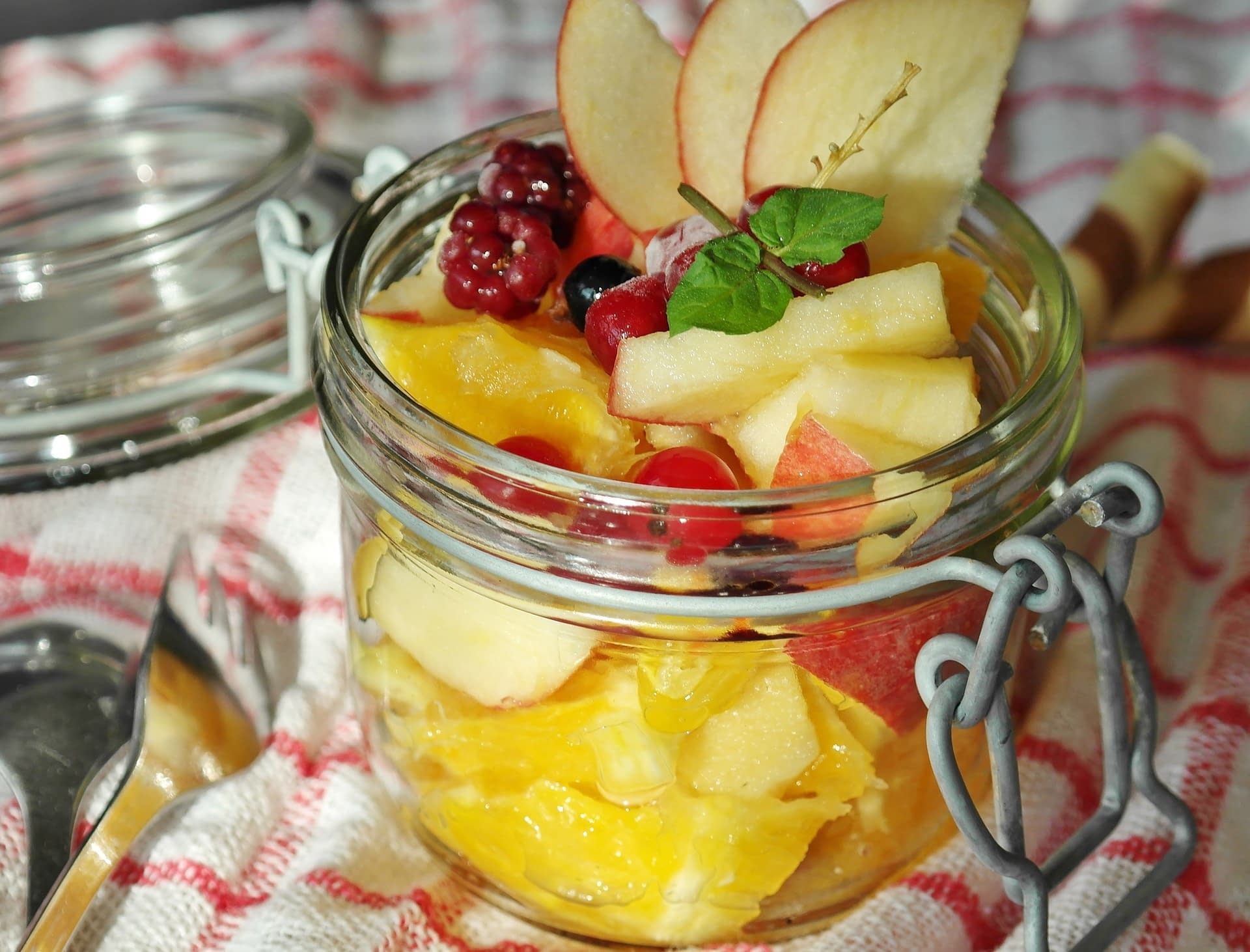Yes, while I always say that it’s better to get your nutrients from food first sometimes supplements are necessary. Unfortunately there are just some all-too-common nutrients that we simply don’t get enough of. And they’re absolutely critical to optimal health and wellness. Especially as we age. Here I sifted through the supplements that are available […]
Need a Mood Boost? Eat This.
No question that what you eat can affect how you feel, right? Mental health and brain health are complex. So are the foods we eat, and the ways our bodies interact with those foods. While, we don’t know the exact mechanisms how food and nutrition help, we know a few ways food impacts our moods. […]
50 Simple Ways to Start a Daily Self-Care Practice
Got hygge?! (Funny enough, in Denmark and Norway it’s pronounced “hoo-ga”) Self-care, self-love, self-support, self-nurturing or hygge… whatever you want to call it, it’s one of the greatest investments you can make for your physical, mental and emotional health & wellbeing. Because when you nurture yourself, you’re better equipped to help others. But, self-care isn’t […]
The Stress Mess: How It Messes with Your Health
We all have some level of stress, right? It may be temporary (acute), or long-term (chronic). Acute stress usually won’t mess with your health too much. It is your body’s natural reaction to circumstances, and can even be life-saving. Then, when the “threat” (a.k.a. “stressor”) is gone, the reaction subsides, and all is well. It’s […]
Protein – How Much is Enough?
Protein is not just for great skin, hair, and nails; it’s critical for health. Without it, you wouldn’t be able to repair damage, digest food, fight infections, build muscle and bone, create hormones, and even think and be in a good mood. Higher protein diets can help fight high blood pressure, diabetes, and osteoporosis. Not […]
Phytic Acid, The Mineral Reducer
Do you soak or sprout your nuts, seeds, grains and legumes? Is it to help improve their digestibility? To help increase their nutrition? Perhaps, it’s to reduce phytic acid? Phytic acid is naturally present in most nuts, seeds, grains and legumes; it is the plant’s storage form of the mineral phosphorus and is used as […]
How to Read the New Nutrition Facts Tables
The Nutrition Facts table is on the side of most packaged foods. It’s often found close to the ingredient listing. The purpose of it is to help consumers make better nutrition decisions. When people can see the number of calories, carbs, sodium, etc. in food, they should be able to eat better, right? Whether you […]







